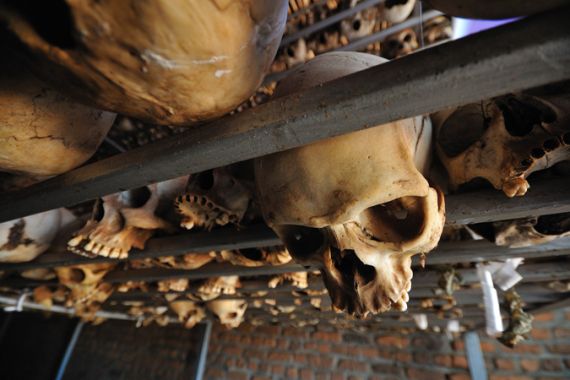
Truth On Trial
The challenges of finding the truth in cases of crimes against humanity is revealed in the trial of a Rwandan priest.
Editor’s note: This film is no longer available online.
Filmmaker: Beate Arnestad
Keep reading
list of 4 itemsICJ updates: Nicaragua’s case against Germany over Israel’s war on Gaza
The judicial legacy of the Rwandan genocide: 30 years of double standards
Rwanda genocide: ‘Frozen faces still haunt’ photojournalist, 30 years on
Hormisdas Nsengimana stands trial for genocide and crimes against humanity before the International Criminal Tribunal for Rwanda in Arusha, Tanzania.
During the 1994 genocide, Hormisdas was working as a priest and rector of a Catholic secondary school when some 800,000 Tutsi and moderate Hutus were slaughtered in the three-month massacre.
The killings that lasted about 100 days was the culmination of long-standing ethnic competition and tensions between the minority Tutsi, who had controlled power for centuries, and the majority Hutus, who had come to power in the rebellion of 1959–62.
Nsengimana was allegedly affiliated to a group of Hutu extremists that carried out attacks on Tutsis, and is accused of direct and indirect involvement in the killings.
Fifteen years later, a Norwegian judge has to base his verdict on oral testimonies that plead both in favour of and against the priest. How will he interpret the different versions of the truth?
Nsengimana’s defence lawyer explains: “There are many difficulties. It is neccessary to find witnesses who saw and heard something. It’s not easy, people say ‘No I did not see anything’. They don’t want to be included in this complicated process.”